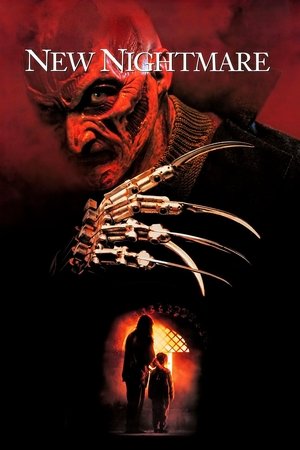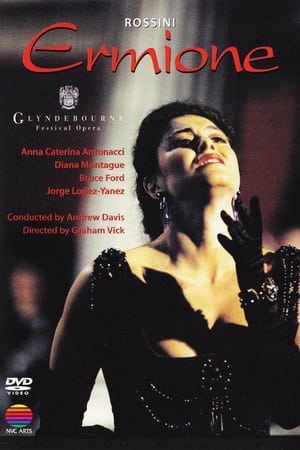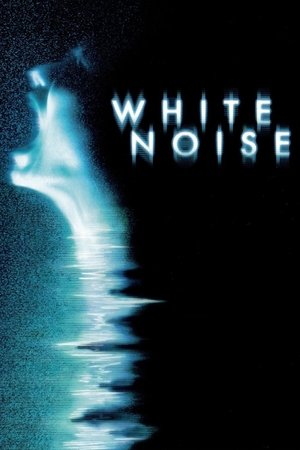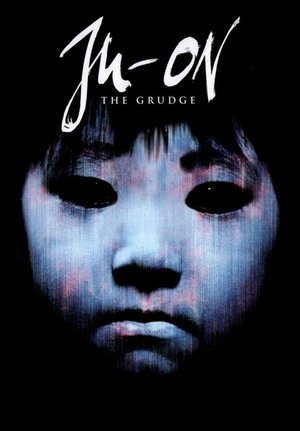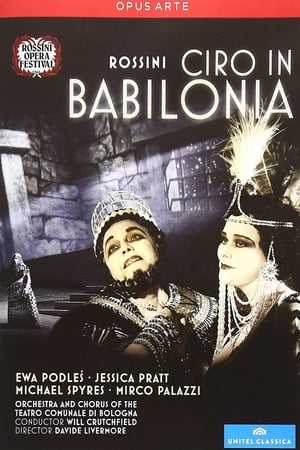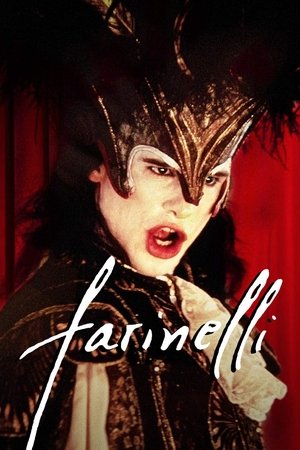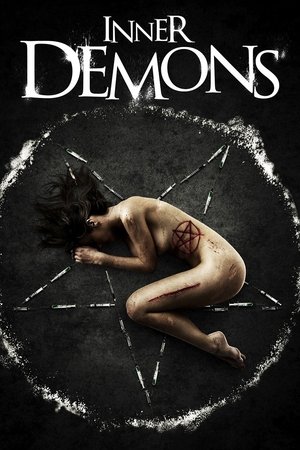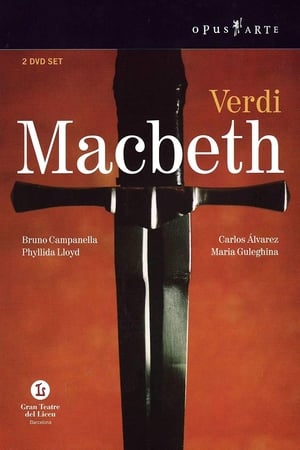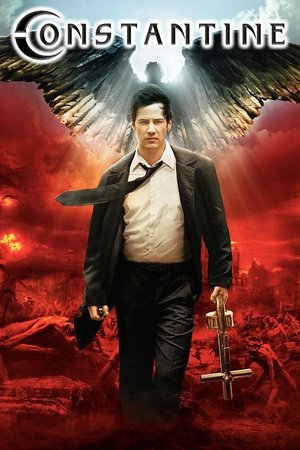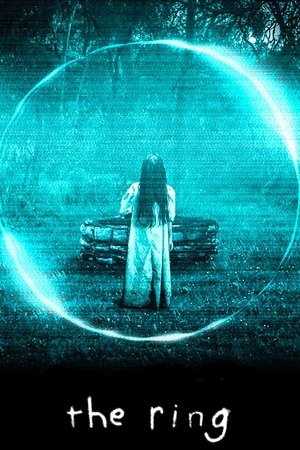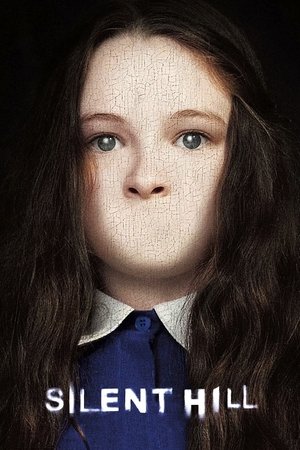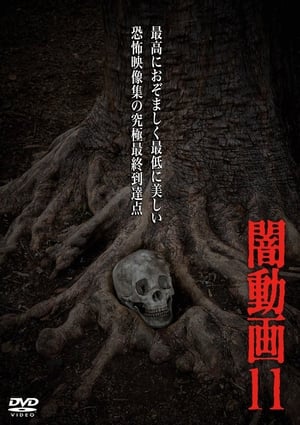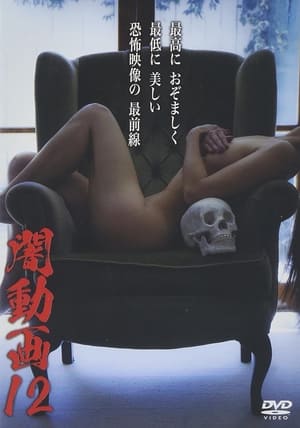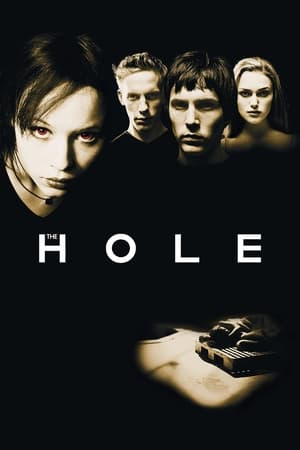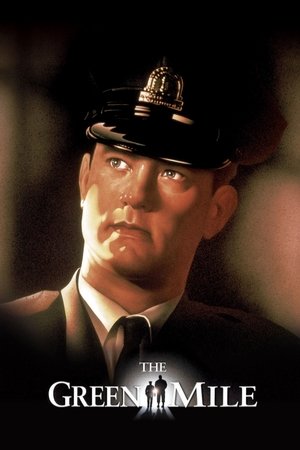Overview
Madame Flora is terrified when she perceives a supernatural presence during one of her fraudulent séances...
Reviews
I’d never heard of Marie Powers before watching this curious hybrid of a film, but she definitely earned her fee here as she offers a compelling operatic performance as the slightly crooked medium “Madame Flora” who has been fleecing the gullible quite successfully for quite a while before, well a bit like Noël Coward’s “Madame Arcati”, she happens on the real thing and it’s a malevolent and mischievous entity determined to cause it’s own brand of intense havoc and induce quite a degree of introspection and even guilt from our now slightly freaked out conduit to the spirit world. It’s that intensity that Gian Carlo Menotti has managed to capture impressively here coupled with a little comedy and some powerful arias from an entertaining, if a little contrived, libretto that I think would present well on a grand theatrical stage. As to cinema? Well on that front this falls down a bit. The quality of the film-making is frankly rather poor and Menotti doesn’t really seem to appreciate the opportunities and limitations of celluloid when it comes to telling his story. The dim and dingy lighting works well for a while but soon becomes a little too dreary - as if it were filmed in a cave, and the quality of the audio which is so crucial to the storytelling here renders it quite hard to follow at times, especially if you are not a native Italian speaker. That said, it is innovative and the score can hit the heights of the rousing and stimulating powerfully so it it’s worth a watch, but you might have to be patient with it.

 84 min
84 min
 4.7
4.7
 1951
1951
 Italy
Italy
 CinemaSerf wrote:
CinemaSerf wrote:
